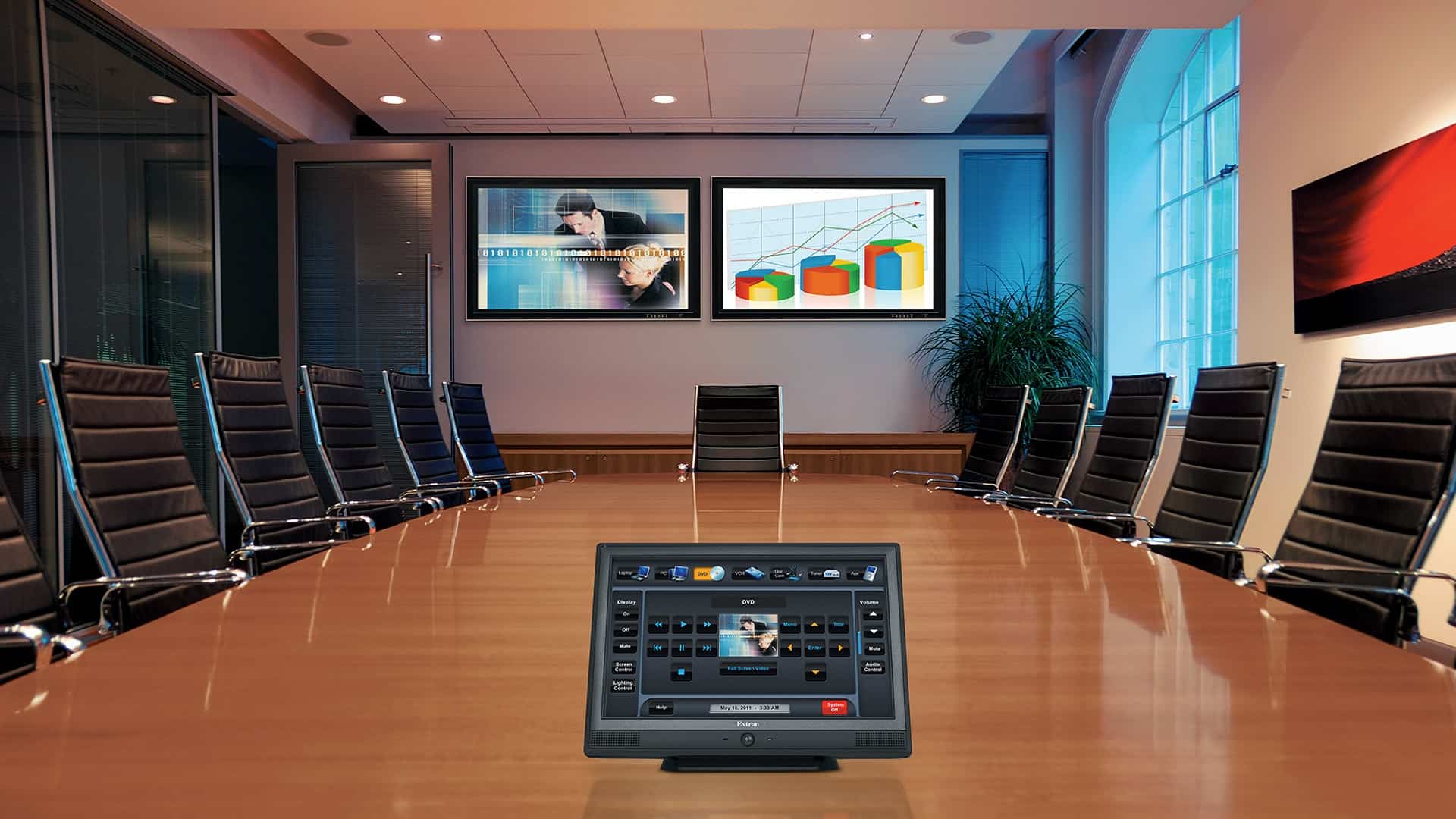A Guide For Tips To Install the Perfect CCTV Setup to Meet Your Safety Requirements
A Guide For Tips To Install the Perfect CCTV Setup to Meet Your Safety Requirements
Blog Article
When it pertains to ensuring safety and security, selecting the right CCTV system is crucial. Closed-circuit television (CCTV) systems are widely used for surveillance in different environments, such as homes, businesses, and public areas. These setups help monitor actions, deter crime, and offer valuable evidence in case of incidents. Understanding the various elements and characteristics of CCTV setups can help people and entities formulate knowledgeable decisions that most satisfy their security requirements.
One of the initial factors when choosing a CCTV system is the type of cameras required. There are numerous varieties of cameras available, including bulb devices, projectile devices, and PTZ (pan-tilt-zoom) cameras. Dome devices are commonly employed for indoor monitoring due to their discreet design, while projectile devices are more visible and are generally employed outdoors. PTZ cameras offer the capability to magnify in on specific areas and can be operated from a distance. Assessing the specific environment and the locations that require monitoring will help decide which kind of camera is most appropriate.
Another important consideration to take into account is the resolution of the cameras. Increased resolution cameras offer sharper images, which can be critical for identifying individuals or features in a setting. Common clarities include standard definition (SD), elevated definition (HD), and ultra-high resolution (UHD). Although higher resolution devices may arrive at a higher price, they can significantly enhance the efficacy of a monitoring system. It is also important to take into account the lighting conditions in the area being observed, as some devices are better equipped to manage dim situations than alternative options.
Recording options are also a critical aspect of CCTV setups. Footage recordings can take up a significant amount of storage, so it is crucial to select a system with adequate capacity options. Many setups offer cloud storage, which enables for off-site access to footage and can provide extra safeguarding in the event of theft or damage to the tangible storage. Alternatively, local options, such as electronic footage recorders (DVRs) or network video devices (NVRs), can be employed. Understanding the read capacity needs based on the quantity of devices and the desired holding period for recordings is crucial for efficient surveillance.
Finally, the installation and upkeep of the CCTV setup should not be ignored. Expert installation can ensure that cameras are positioned in ideal spots for best coverage. Additionally, regular maintenance is essential to maintain the setup functioning properly. This includes checking camera positions, wiping optics, and ensuring that software is up to date. Some systems also provide remote monitoring capabilities, enabling operators to access real-time footage from their smartphones or laptops. This capability can offer peace of mind and enhance the overall effectiveness of the security system.
In conclusion, selecting the ideal CCTV setup requires thoughtful consideration of various factors, including camera types, resolution, capacity choices, and installation. By understanding these components, individuals and entities can select a setup that efficiently meets their security needs. A thoughtfully designed CCTV setup not only helps discourage crime but also offers important proof when needed, making it an essential expenditure for protection and safeguarding.